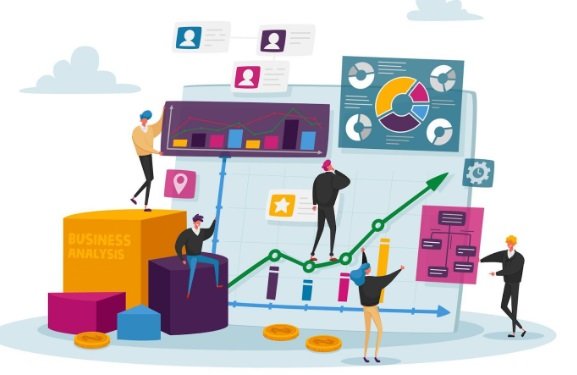Data, when analyzed and acted up, gives companies a competitive advantage. From understanding consumer trends to establishing the number of consumers and competitors in a market in a market, data provides a foundation for making the right decisions. But to utilize this data, businesses must first collect it and do so at scale. This is where web scraping comes in.
What is Web Scraping?
Web scraping is the process of extracting data from websites. Also known as web data harvesting or web data extraction, this process is automated and relies on data collection bots known as web scrapers. These bots are equipped with the capacity to send HTTP and HTTPS requests and receive responses from various servers. Next, and given that these responses are unstructured, the scraper parses the data. (Parsing refers to the process of converting largely unstructured data to a structured format, thus aiding in analysis.) Finally, the proxy stores the now structured data in a JSON, Excel or CSV file for download.
Benefits of Web Scraping to Businesses
Web scraping opens businesses up to a lot of beneficial opportunities. This is because it helps companies better understand the market as well as protect their brands. Generally, web data harvesting can be used in the following use cases:
- Market research
- Ad verification
- Brand protection
- Price and product monitoring
- Search engine optimization (SEO) monitoring and auditing
- Lead generation
- Alternative data mining
Read Other Stories Loved by Our Users – The Ultimate Guide To Finding The Perfect Corporate Apartment For Your Needs – nextxpressnews
Challenges of Web Scraping
The challenges of web scraping include the following:
- CAPTCHA codes and puzzles
Usually, web servers display CAPTCHA codes whenever they receive an unusual number of requests from the same IP address. These codes are tests meant to tell computers and humans apart.
- IP bans
Websites easily flag and block IP addresses that are linked to unusual network activity.
- Header and user agents
Headers store information such as the browser version and operating system the user has used to connect to the website. Though crucial, web scrapers cannot include headers alongside their HTTP requests.
- Honeypot traps
A honeypot trap is a link that targets bots that disregard the instructions in robots.txt and, therefore, click it. However, opening the links notifies the server of bot access, which leads to an IP ban.
- Sign-in and login requirements
Websites often hide certain data behind sign-in and login pages. Such data is only meant to be accessed by registered users. Thus, if the bot doesn’t have user credentials, it’ll not access and collect data from the website.
- Complex website structures
Web developers often implement complex web structures, which, though meant to improve the user experience and pack as much information and details into a given webpage, prove problematic when extracting data through web scrapers.
- Dynamically changing content (JavaScript-heavy websites)
To make websites as interactive as possible, web developers are increasingly using JavaScript. By default, web scrapers cannot render JavaScript-heavy websites unless they use headless browsers.
- Rate limiting
Rate limiting regulates the network traffic by throttling or blocking access to a web server at the application level. Application programming interfaces (APIs) mainly implement it to prevent bots from sending an excessive number of requests through the API. The application tracks all traffic associated with a given IP address and activates rate limiting when the requests exceed a certain threshold.
Web Unblockers in Web Scraping
While these challenges can greatly hinder or slow down the data extraction process, they’re not insurmountable. In fact, solutions exist that enable you to avoid CAPTCHAs, IP bans, JavaScript rendering, and more. An example of such a solution is the AI-powered web unblocker.
Web unblocker is an advanced proxy solution capable of managing various scraping processes. It uses machine learning to undertake intelligent proxy management, wherein it evaluates the most appropriate proxy pool that works best with a given site. It then selects the most appropriate proxy and even rotates the assigned IP address, thus increasing the success rate of any data extraction endeavor.
Moreover, the web unblocker can undertake dynamic browser fingerprinting. This feature enables it to mimic real website users by creating personas using such elements as the header, cookies, web browser settings, and device configuration. If a web request fails, this tool is equipped with an auto-retry functionality that sees it select a different user persona and resends the request. The web unblocker is also capable of JavaScript rendering and maintaining sessions, with the latter facilitating the sending of multiple subsequent requests via the same IP address. Visit Oxylabs to find a web-unblocking solution that does the job.
Conclusion
Web unblockers are intelligent tools that facilitate large-scale web scraping using functionalities that circumvent anti-scraping restrictions. For instance, they can manage proxies, select the best proxy pool using which it’ll access a website, and automatically resend requests upon detecting failure.
Also, Read More About: HEADLINE: Small Business Tech Tools To Use & Why










































